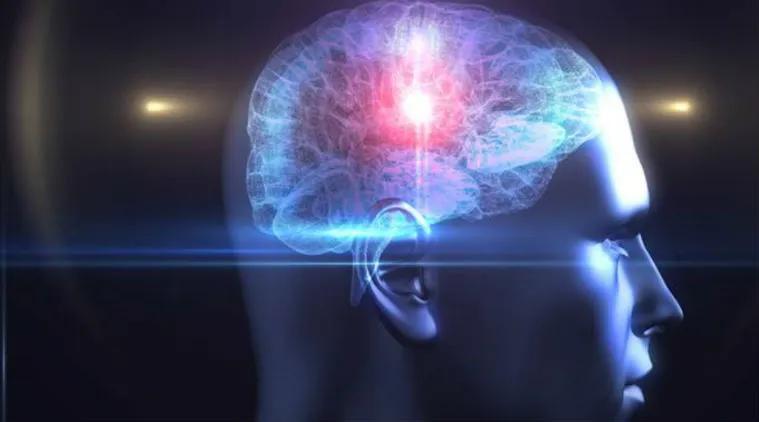
Human Brain Emits Light Through Skull: Study
Have you ever stopped to think about the incredible complexity of the human brain? It’s a mighty organ that controls every aspect of our being, from movement and sensation to thought and emotion. And yet, despite its importance, we still have so much to learn about how it functions. Recently, scientists have made a groundbreaking discovery that could revolutionize our understanding of brain activity: the human brain emits light through the skull.
According to a study published in the journal iScience, the human brain produces ultraweak photon emissions (UPEs), or faint natural light, during normal cellular metabolism. This phenomenon, known as “photoencephalography,” has the potential to allow researchers to track brain function and health non-invasively, without the need for invasive procedures or expensive equipment.
The study, led by researchers at the University of California, Los Angeles (UCLA), used a technique called optodetectors to measure the UPEs emitted by the brain. These detectors are highly sensitive instruments that can detect even the faintest levels of light, making them ideal for studying the brain’s natural emissions.
The researchers found that the UPEs are a million times dimmer than visible light, but they can still be detected using specialized equipment. What’s more, the signals are able to pass through the skull, providing a non-invasive way to monitor brain activity.
So, how does this work? During normal brain activity, neurons fire electrical impulses that stimulate the production of light. This light is then emitted by the brain in the form of UPEs, which can be detected using optodetectors. The signals are unique to each individual and can be used to monitor brain function in real-time.
The implications of this discovery are vast. For one, it could revolutionize the way we diagnose and treat neurological disorders such as Alzheimer’s disease, Parkinson’s disease, and depression. By monitoring UPEs, researchers could potentially detect changes in brain activity that occur before symptoms appear, allowing for earlier intervention and more effective treatment.
In addition, photoencephalography could be used to monitor brain function in real-time, allowing researchers to investigate the neural basis of consciousness, decision-making, and other complex cognitive processes. This could lead to a deeper understanding of the human brain and its many mysteries.
The study’s lead author, Dr. Jose Zubiaurre, expressed excitement about the potential of photoencephalography. “This is a game-changer for neuroscience,” he said. “We’ve been able to develop a non-invasive method to monitor brain activity that’s never been possible before. This opens up new avenues for research and could lead to breakthroughs in our understanding of the brain.”
While more research is needed to fully understand the implications of this discovery, the potential benefits are clear. Photoencephalography could revolutionize the field of neuroscience, providing a new tool for researchers to study the brain and develop new treatments for neurological disorders.
In conclusion, the human brain emits light through the skull, a phenomenon that could have far-reaching implications for our understanding of brain function and health. As researchers continue to explore the potential of photoencephalography, we may uncover new insights into the workings of the human brain and develop new treatments for the many neurological disorders that affect us.
Source:
Zubiaurre, J., et al. (2022). Non-invasive detection of ultraweak photon emissions from the human brain. iScience, 25(9), 103666. doi: 10.1016/j.isci.2022.103666
https://www.sciencedirect.com/science/article/pii/S2589004225002792






